Horror comics were all the rage in the 1940s and early 1950s. But is there any chance they can become popular in a serious way again with modern comic readers? I’m not so sure. There are horror comics out there now that are doing well, but they have not taken the current market by storm like they did half a century or more ago.
The superhero books in the 1930s had featured horror themes, but they were always subplots. The characters like Dracula, Frankenstein and other classic monsters weren’t the focus of the issues.
 |
| Captain America wasn’t even in the issues named after him! |
Things really got started with Marvel Comics’ predecessor, Atlas Comics in the mid to late 40s. Their early Captain America comics were re-labeled Captain America’s Weird Tales (in 1949-50) and didn’t feature good ole’ Cap at all. Harvey Comics jumped on board, too, doing a makeover on vigilante crime fighter Black Cat, turning that comic into a horror book called Black Cat Mystery. Horror books sold, and sold well.
That all ended in 1954 with the publication of a treatise against horror books called Seduction of the Innocent.
Frederic Wertham, author of the book and an American psychiatrist, had determined that comic books were to blame for the corruption of American youth. Comics became the scapegoat for a generation’s misbehavior, much like “first-person shooter” video games of today. In a hearing before the US Senate, Wertham appeared and pleaded his case. The government, upon seeing his evidence and hearing a non-convincing response from comic publisher William Gaines, strongly agreed that the industry needed to “self-regulate.”
As a direct result of Wertham’s book, which generated enough alarm for parents to call for comic censorship, the industry founded the Comics Code Authority (see my earlier post “Who Else Misses the Comics Code?”) with the intention of self-policing and self-censorship of potentially “offending material.”
 |
Dracula Lives issue from the
“Marvel Magazine Group.” |
In response, many publishers scaled back their horror-related content, moving more towards science fiction and suspense stories, a trend which would continue until 1971. Some publishers, like Warren Publishing, evaded the Comics Code Authority by publishing black-and-white magazine sized books which escaped the scrutiny of the other comic books.
In 1971, the Comics Code Authority relaxed some of its own criteria, which ushered in a second “mini-boom” of horror comics. Some authorities (and myself!) believe this boom was started with Tomb of Dracula by Marvel Comics. The third installment of this series of my thoughts will talk about this book specifically, as it I firmly believe is one of the best examples of comic book storytelling in the entire genre.
Fellow industry giant DC Comics got in on the game too, with comics like Secrets of Sinister House, Ghosts, and Dark Mansion of Forbidden Love. Swamp Thing is one of the few DC Comics that began during this resurgence, and still continues in many forms in today’s industry. Alan Moore’s run on this title in the 1980s was a glimpse back into the golden past of the genre.
Tomb of Dracula would be followed by other Marvel titles containing horror stories: Tower of Shadows and Chamber of Chills among them. Like Warren Publishing, Marvel began publishing their own black-and-white magazines, too, with titles like Dracula Lives! and Monsters Unleashed.
Unfortunately, this new “boom” in horror comic books would not last. The heyday of the horror comic ended with a whimper by the early 1980s, as DC Comics, Warren Publishing and Charlton
 |
| Comic turned smash TV hit. |
Comics cancelled their last horror anthologies during that time.
To say that horror comics are entirely dead today would be completely wrong. Image Comics’ “The Walking Dead” has taken the world by storm and has turned into one of the most viewed TV series of all time. Other comics, like Lady Death have made an imprint on the industry. And don’t forget characters like Hellboy or the success of Blade, the vampire hunter who made his first appearance in Tomb of Dracula. Both have turned into silver screen successes.
But today, the industry is primarily about super heroes. And in many ways, that’s a great thing, and in many others, it’s kind of a shame. Brilliant minds and creators like John Jakes, P. Craig Russell and many more got their start in this genre and in the prime of horror comic books.
As always, I am – Wally (AKA Paint Monk)
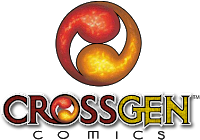 At the turn of the millenia, tech entrepreneur Marc Alessi had laid out the groundwork for a company that might one day equal Marvel or DC in terms of content and quality. He sold his tech corporation in 1999 to Perot Enterprises for stock, which he would use to finance a new company – one with a business model unheard of in the industry until that time.
At the turn of the millenia, tech entrepreneur Marc Alessi had laid out the groundwork for a company that might one day equal Marvel or DC in terms of content and quality. He sold his tech corporation in 1999 to Perot Enterprises for stock, which he would use to finance a new company – one with a business model unheard of in the industry until that time.
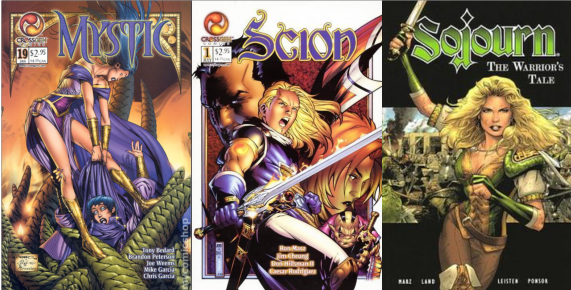

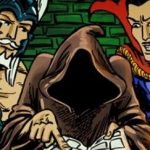
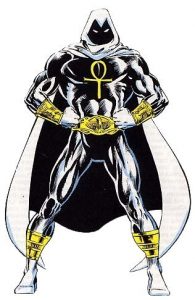

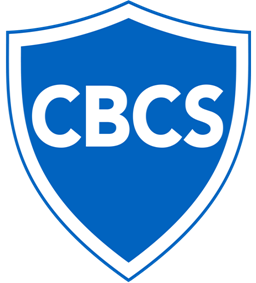
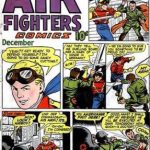
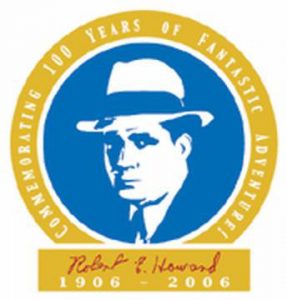
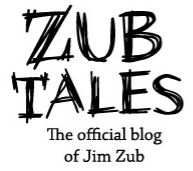
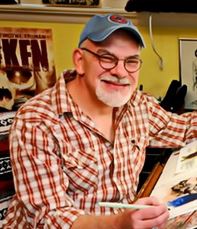
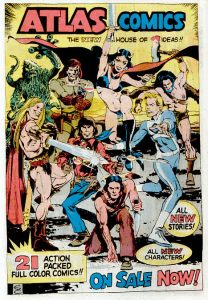
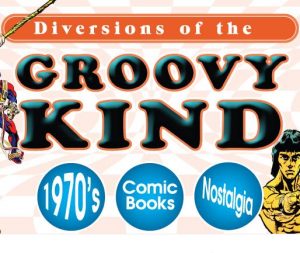
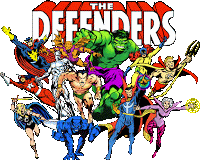
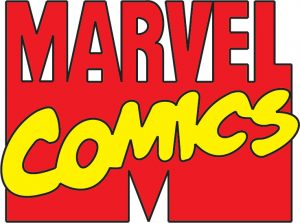
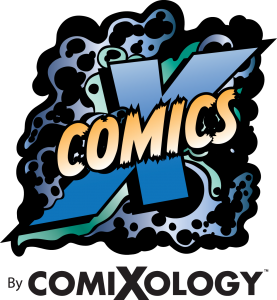
 January 21st, 2018
January 21st, 2018 












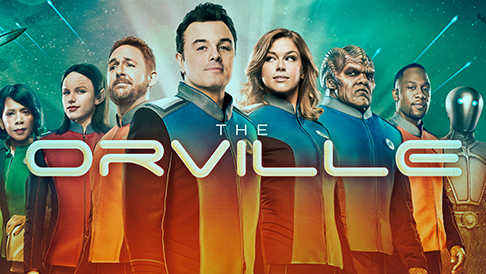

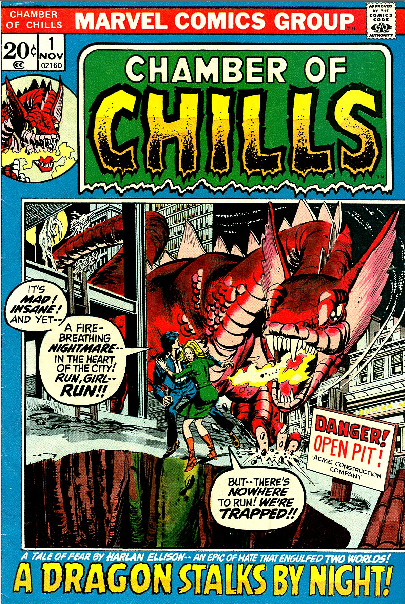

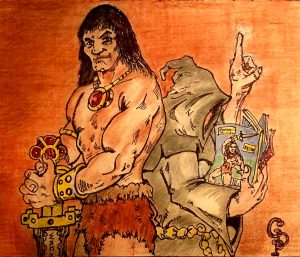


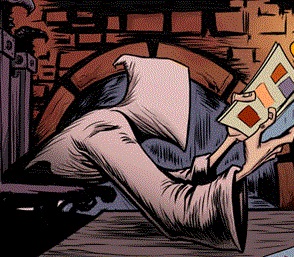
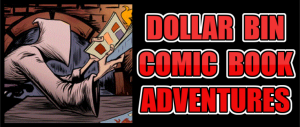
Atlas Comics – Where Legends Don’t Live Forever
AKA “COMIC COMPANIES, WHY DID YOU LEAVE THE FANS HANGING?” – PART 5 OF 10
snuffed out much too soon.
Since this is simply my list of comics or companies that for one reason or another left their fans hanging, I’m not going to get into speculation or what the forums claim was the reason for the latest demise of the Atlas Comics range. But if three times is the charm, then Atlas Comics are deader than a doorknob – the supposed “relaunch” “relaunched” in 2011 and was gone by 2012. Sad, too.
For more information on the original Atlas Comics range, or to look at some of the covers from their most recent attempt, there’s a great history site on the company here:
As always, I am – Wally (AKA Paint Monk)